Architecture schools are not typical academic buildings. They are valued by their occupants not only for providing the valuable space for studies. Serving as full-scale teaching tools for students to learn how to read and understand architecture, they create a particularly unique building-user relationship. The educational buildings can teach young professionals such core concepts of architecture as structure, details, how materials interact, and how the building fits within its architectural context.
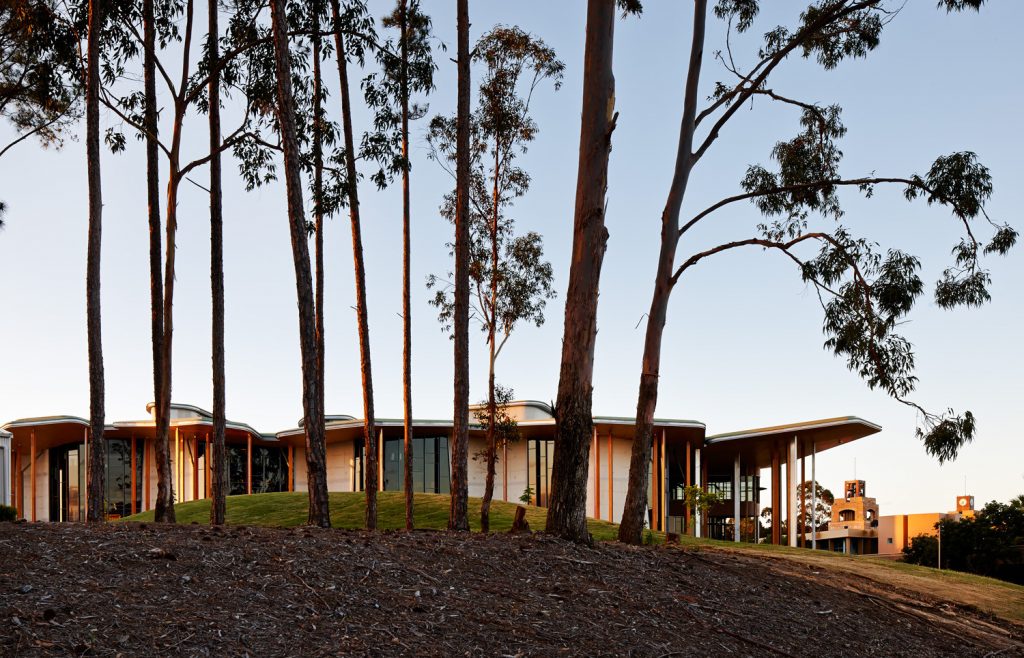
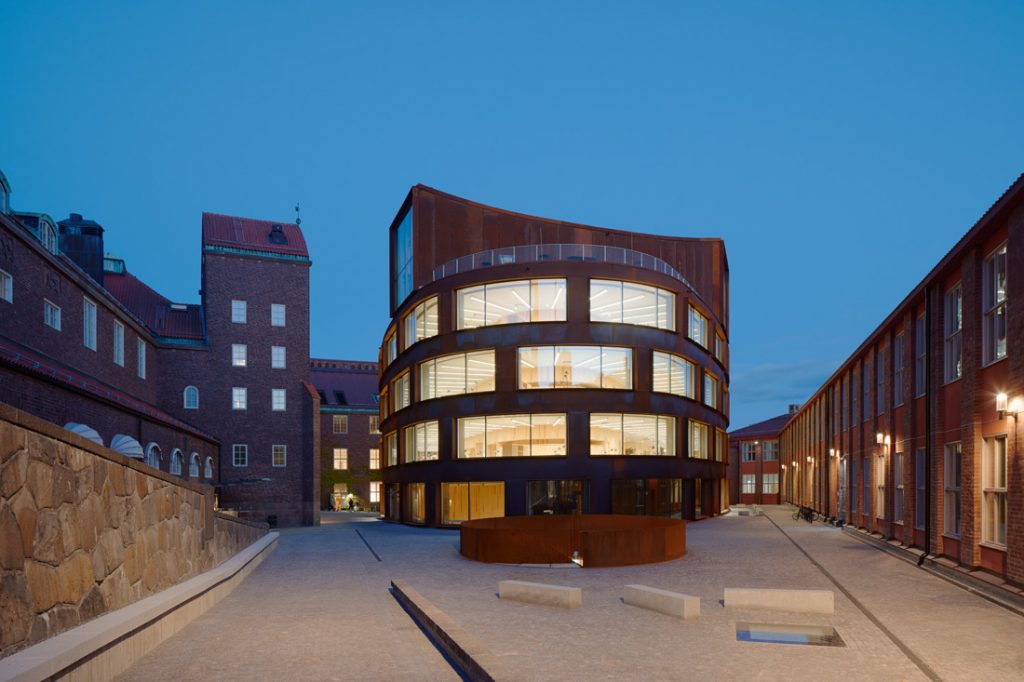
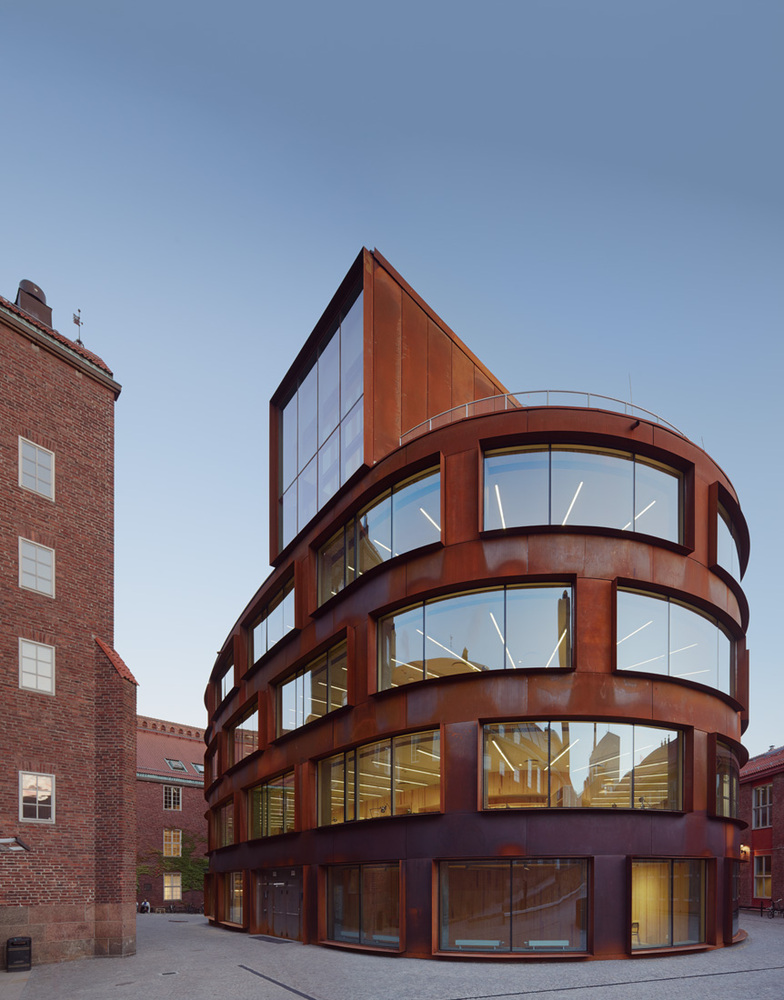
School of Architecture at the Royal Institute of Technology by Tham & Videgård
Stockholm-based practice Tham & Videgård, directed by co-founders Bolle Tham and Martin Videgård, have developed a new building for the School of Architecture at the Royal Institute of Technology, Sweden. Integrating the structure into an existing courtyard adjacent to Erik Lallerstedt’s original buildings from the early twentieth century, the team has found ingenuous way to treat its historical context and physical limitations.
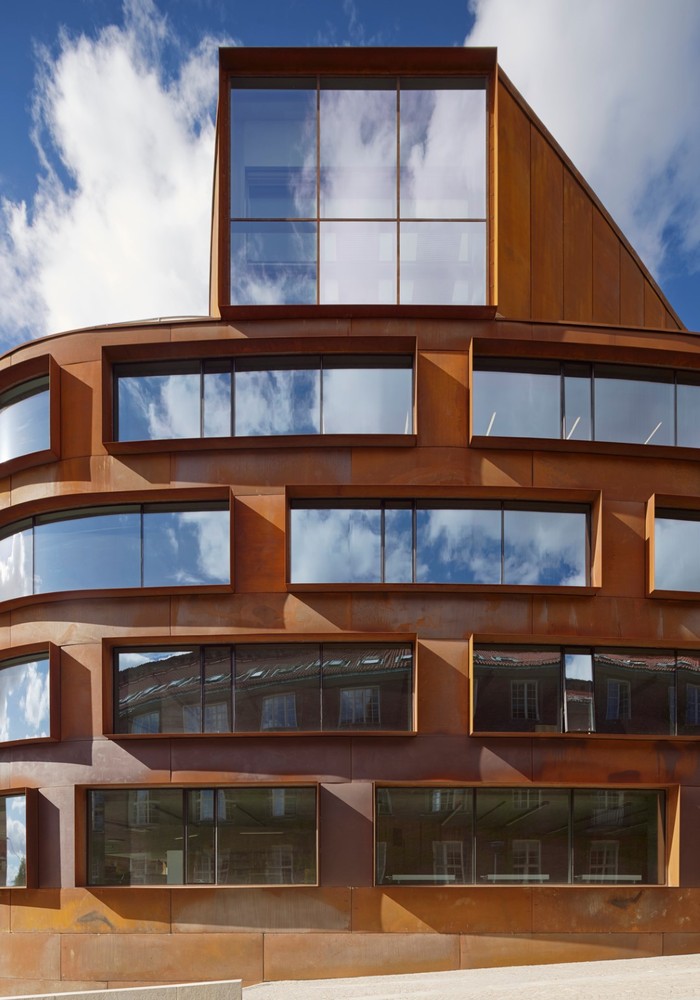
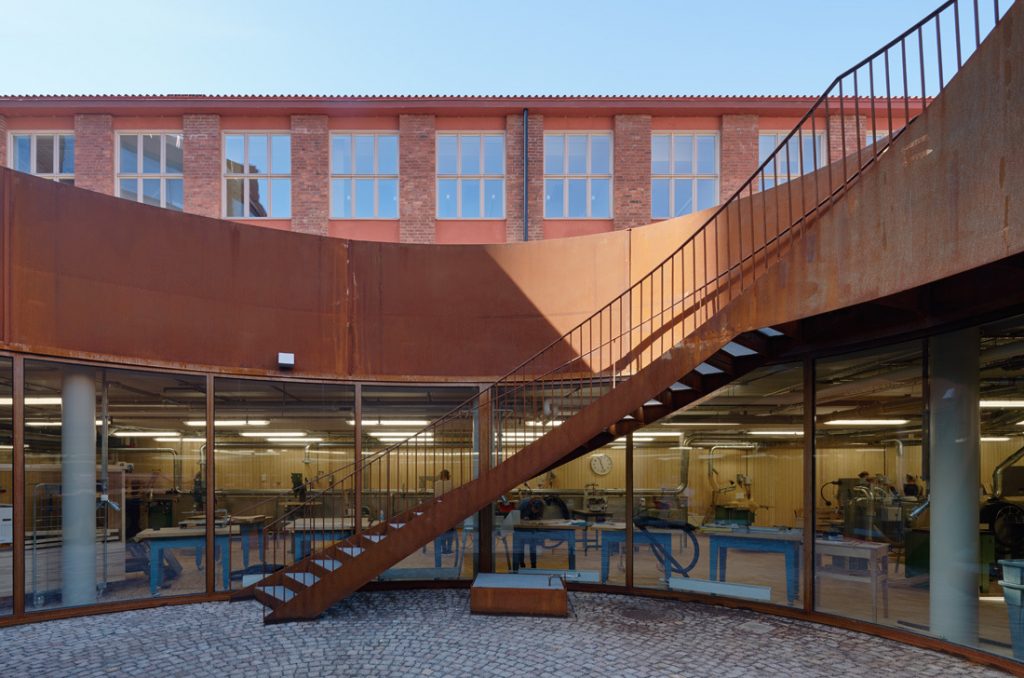
School of Architecture at the Royal Institute of Technology by Tham & Videgård
The architecture school building has rounded walls and is clad in deep red Corten steel that echoes the red brick of the surrounding campus buildings. It comprises a total of six floors, a sunken garden and a roof terrace.
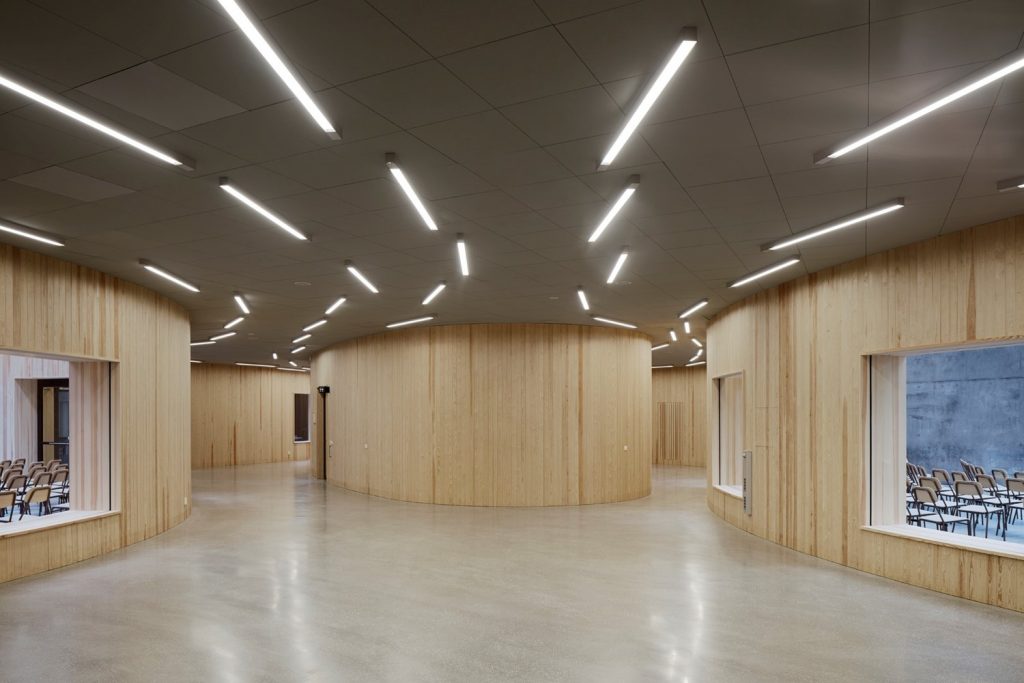
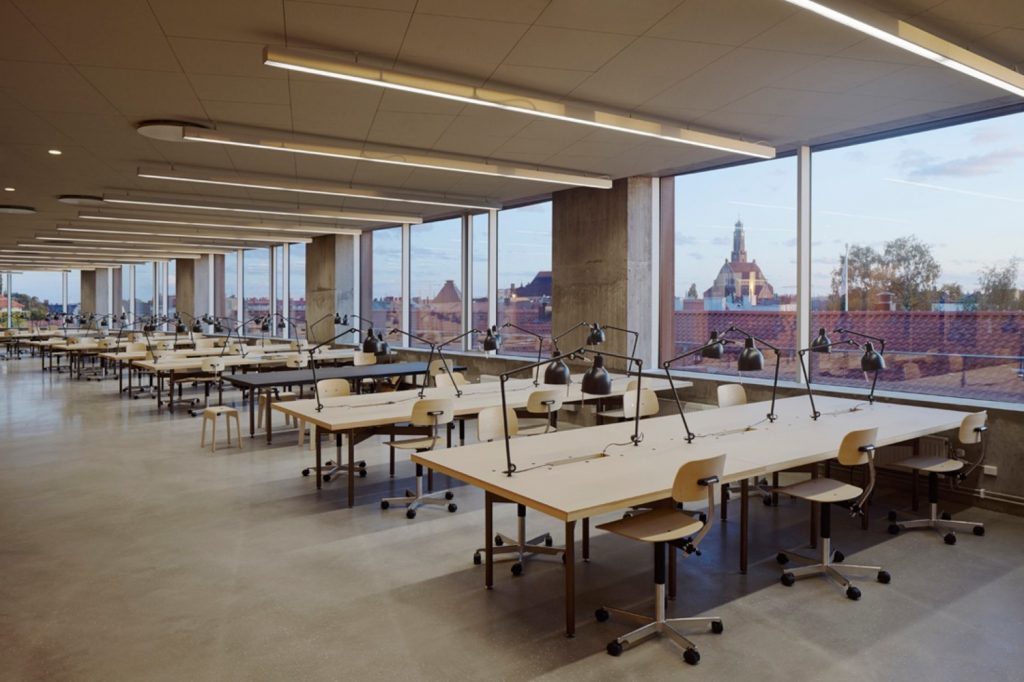
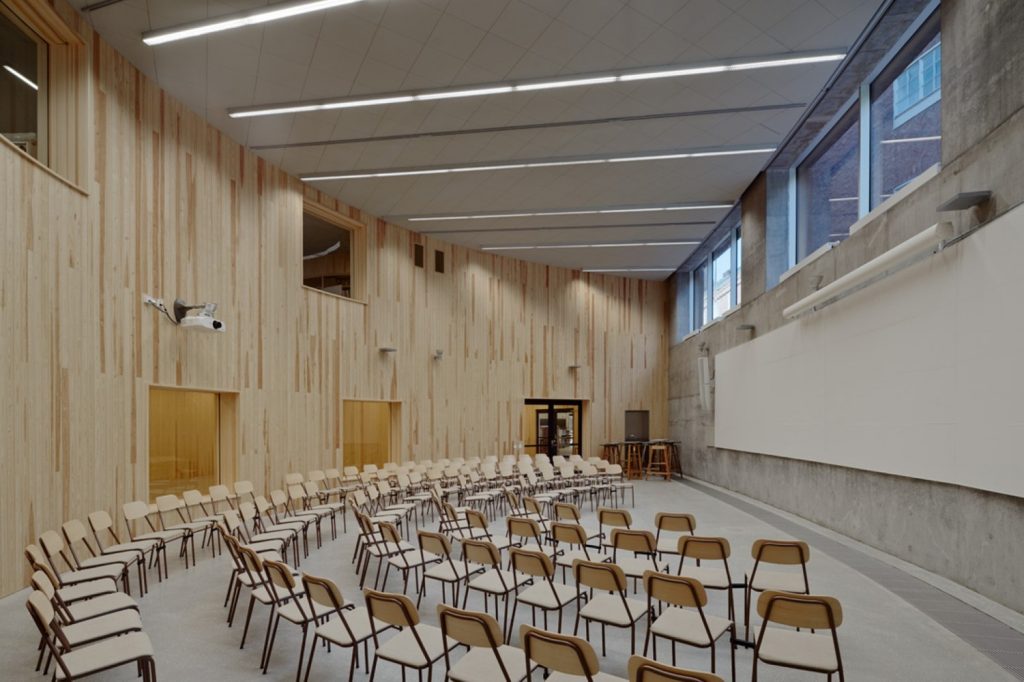
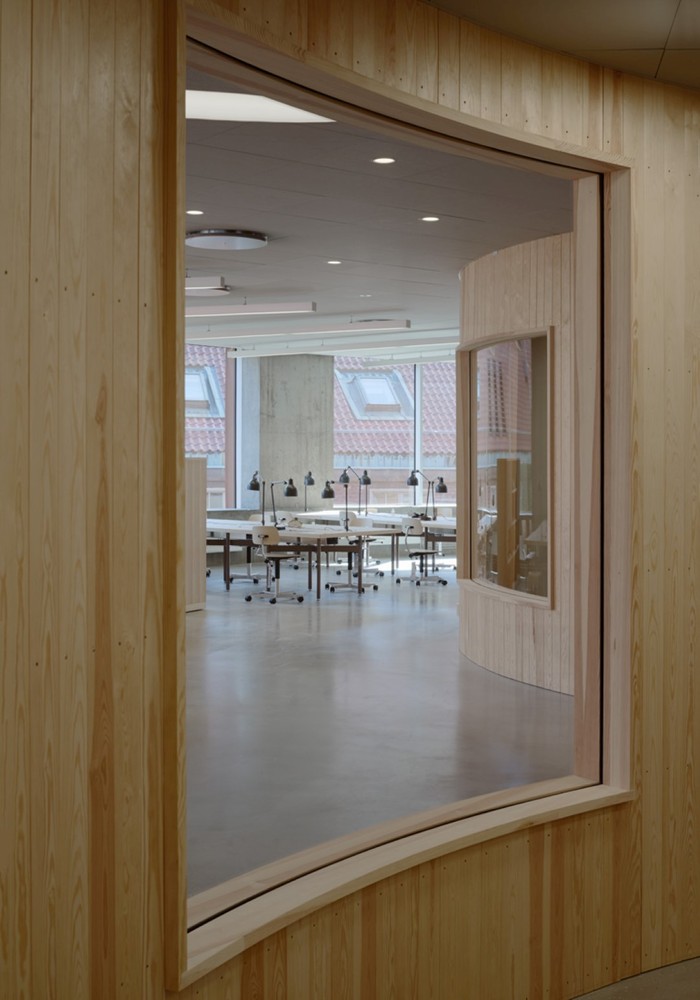
School of Architecture at the Royal Institute of Technology by Tham & Videgård
The interior is designed to be as flexible as possible. The curving walls create a free flow and enhance the feeling of openness, visually extending the space and making it look more like a landscape than a traditional institutional building. At the ground floor, a series of double-height spaces, the atelier and exhibition area designate a generous broad passage of the lobby that also doubles as an open lecture hall.

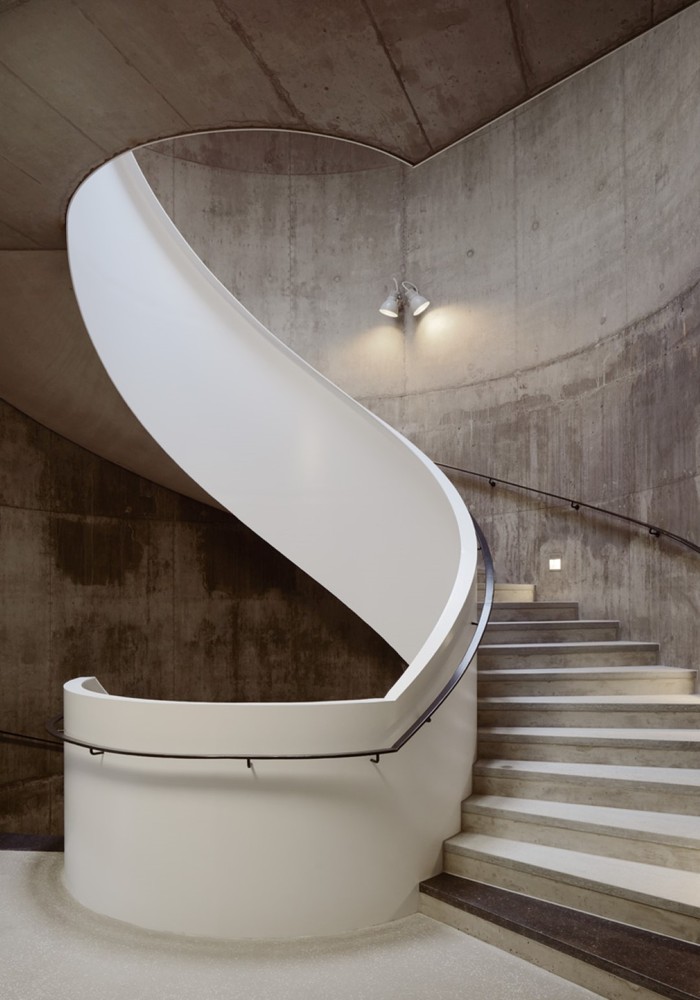
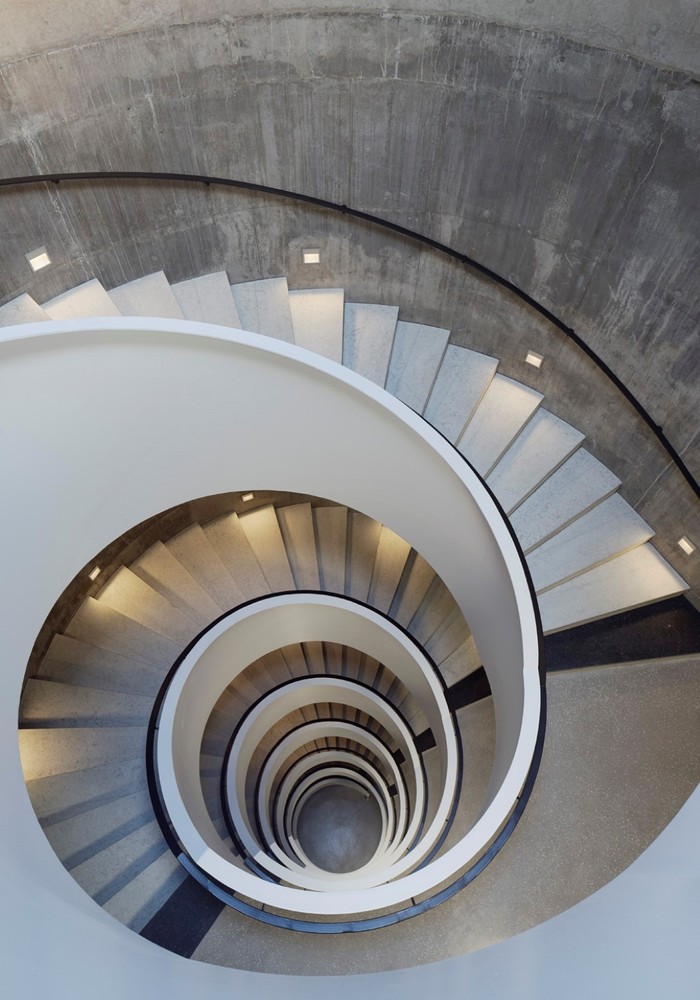
School of Architecture at the Royal Institute of Technology by Tham & Videgård
A deep floor plan creates an opportunity of extensive glass use in the openings of the facade. This offers lavish amounts of natural light and transparency, while maintaining the climate and energy efficiency of the whole building.
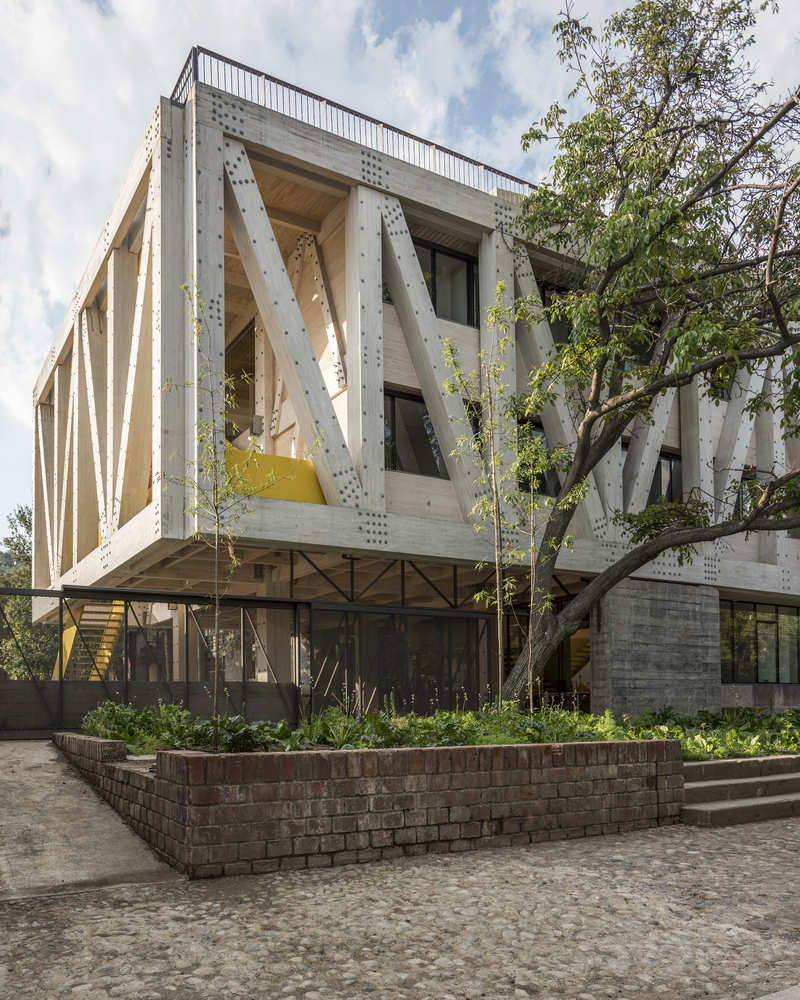
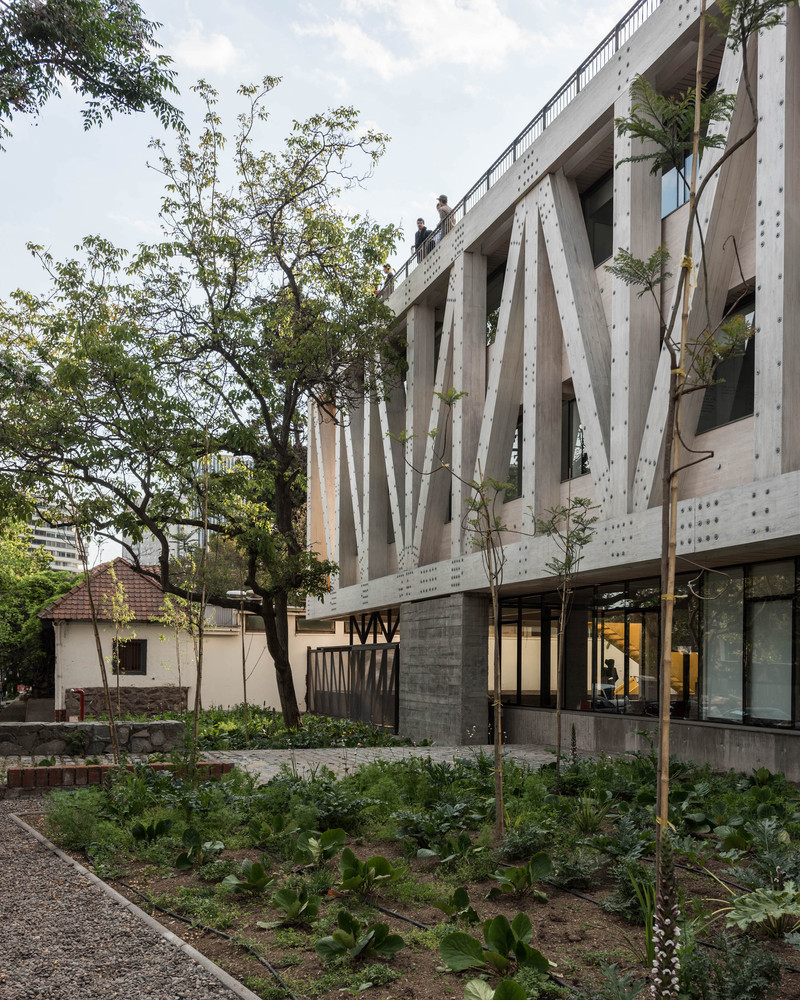
Architecture School of Pontificia Universidad Católica de Chile by Gonzalo Claro
The building of the Architecture School of Pontificia Universidad Católica de Chile, a competition-winning design by the local architect Gonzalo Claro, boasts a double height structure of columns and beams of laminated wood that rests on a concrete plinth. The components of the structure were pre-assembled prior to the delivery, which allowed to speed up the in-situ installation process.
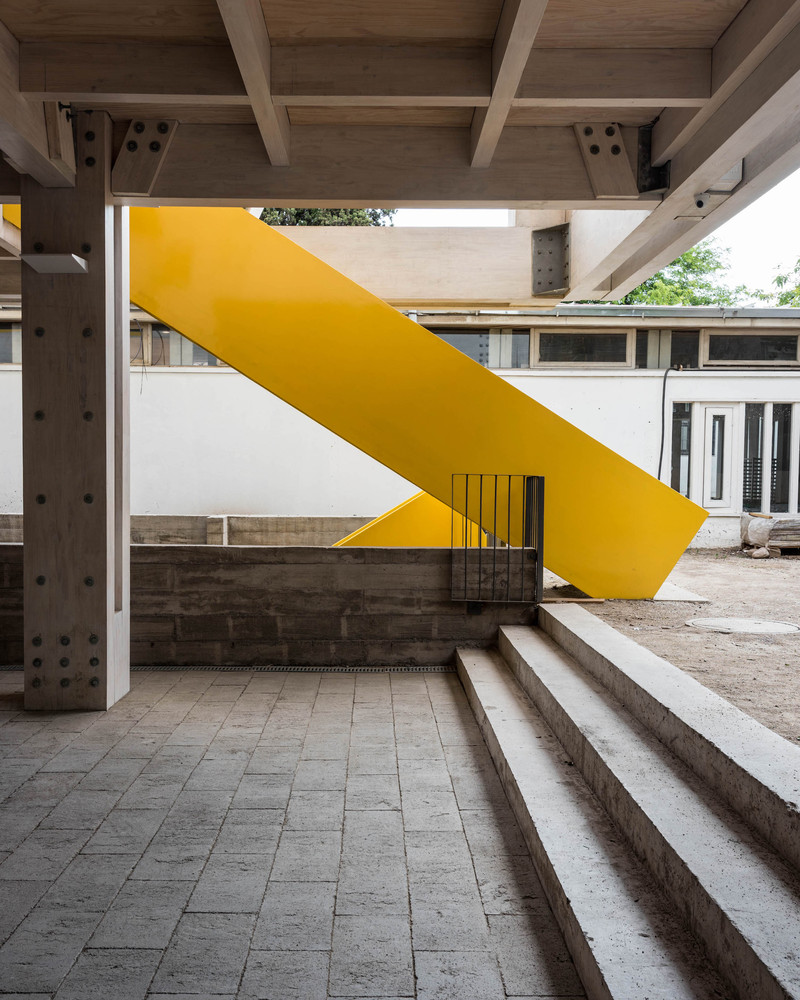
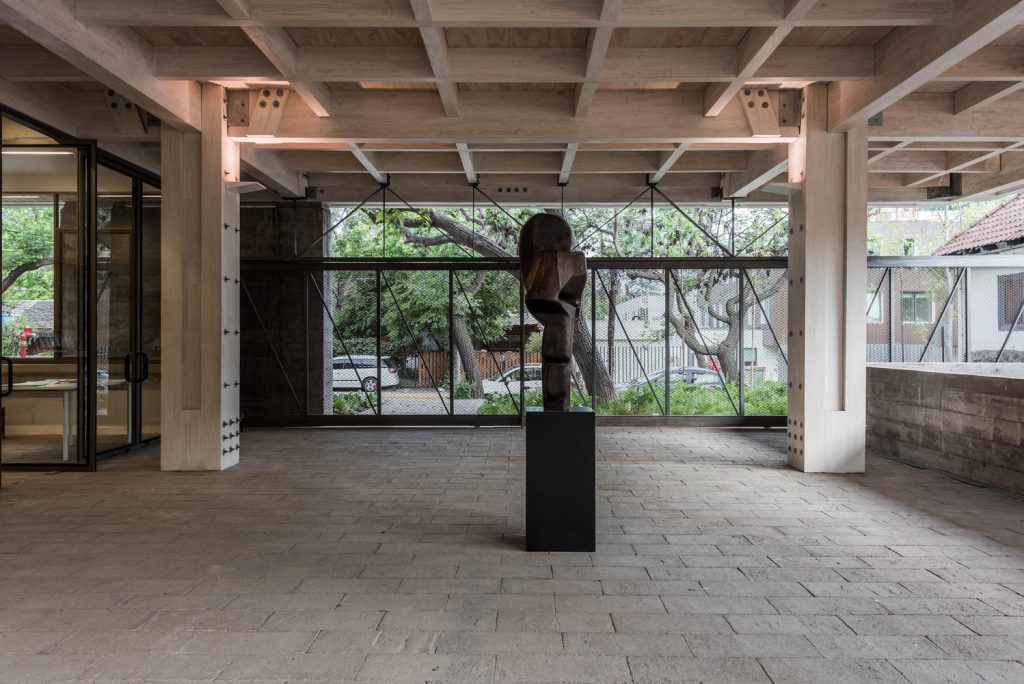
Architecture School of Pontificia Universidad Católica de Chile by Gonzalo Claro
The architect has left the timber exoskeleton exposed for the architecture students to see how the structure works and how loads are distributed along the vertical and horizontal development of the building. Revealing the construction elements helps future architects connect academic study to the reality of their surroundings.
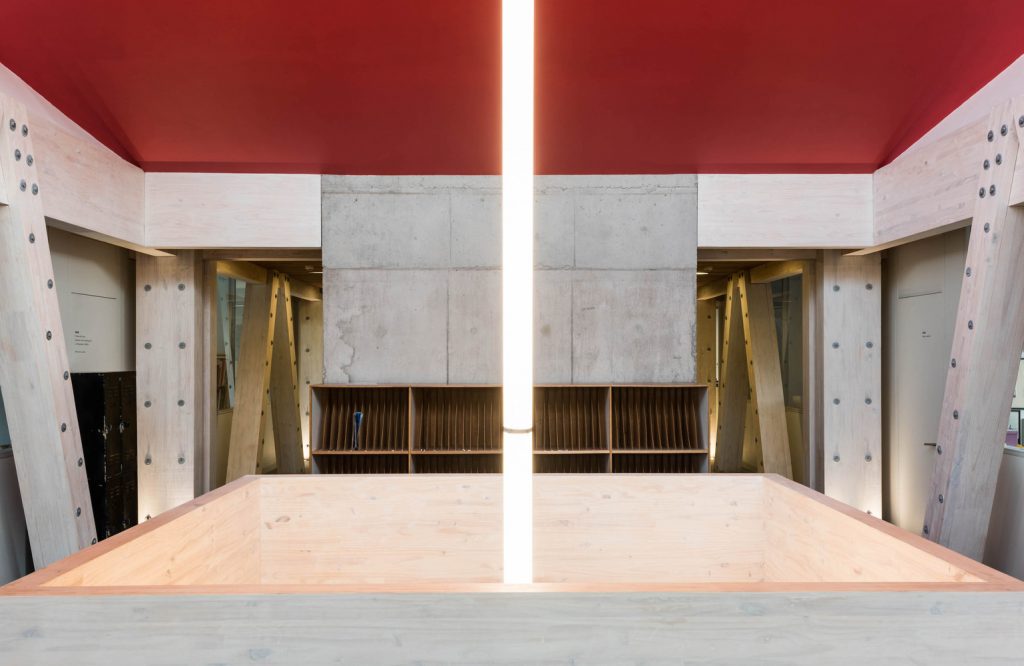
Architecture School of Pontificia Universidad Católica de Chile by Gonzalo Claro
The wooden volume is intended to accommodate professors’ offices, while the space underneath serves as a covered patio. At the same time, the roof terrace features an auditorium that offers a great view at the neighborhood.
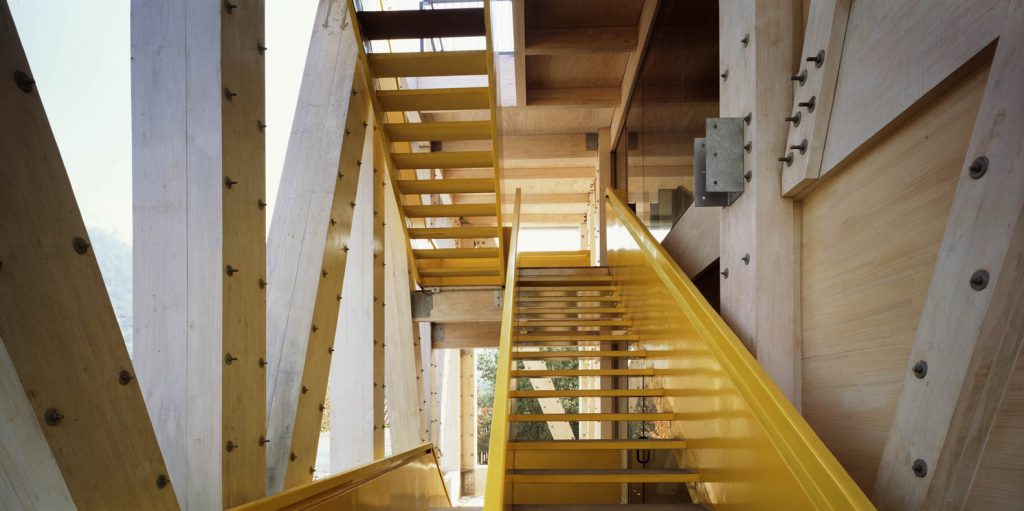
Timber has been chosen by the architect as a dominant construction because of its sustainable properties: it is a renewable resource and a material with a very low carbon footprint. Another ecofriendly feature of the building is natural cross ventilation, aimed to reduce the mechanical air conditioning thus increasing the building’s energy efficiency.
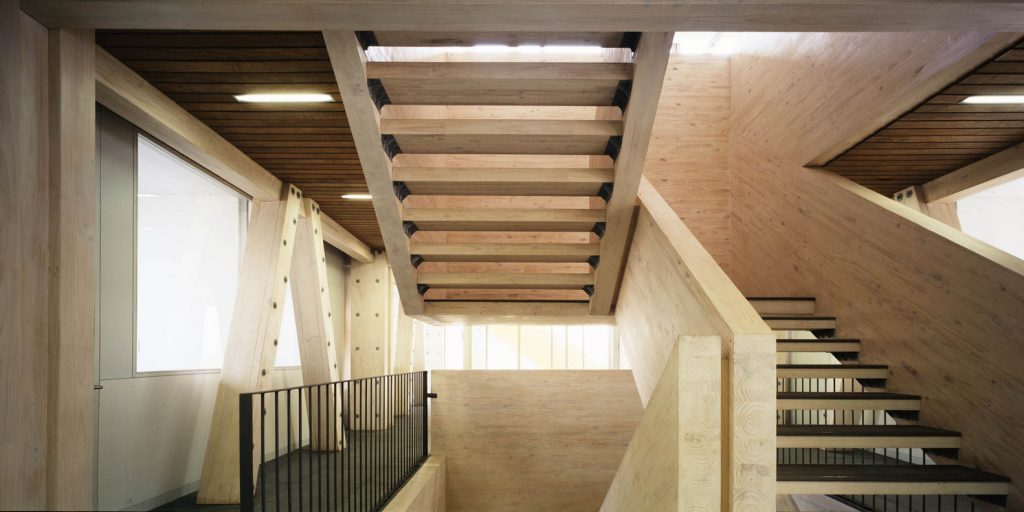
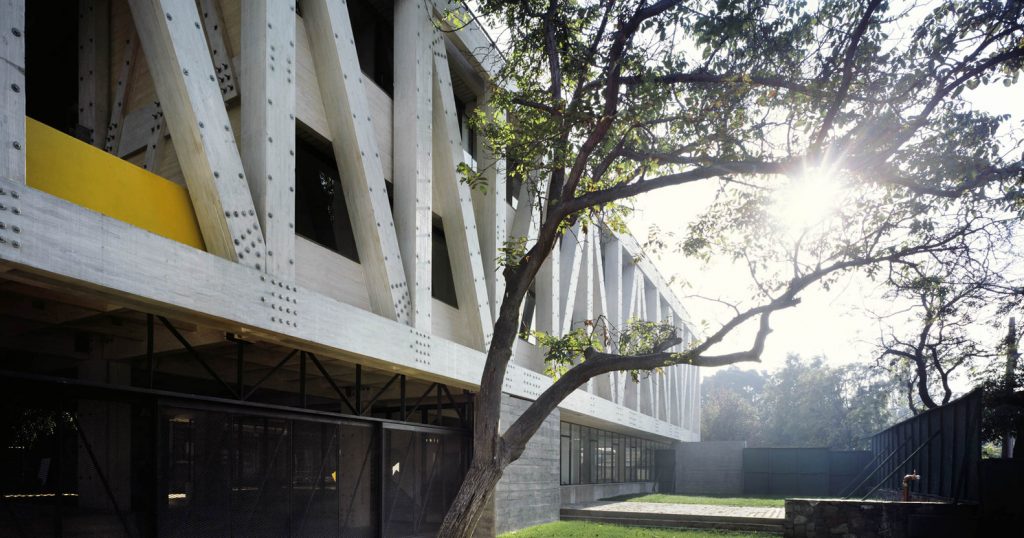
Architecture School of Pontificia Universidad Católica de Chile by Gonzalo Claro
The school building is designed to open its front to the city thus turning its internal academic activities towards the street generating a new relation of unprecedented permeability of the campus with the community.
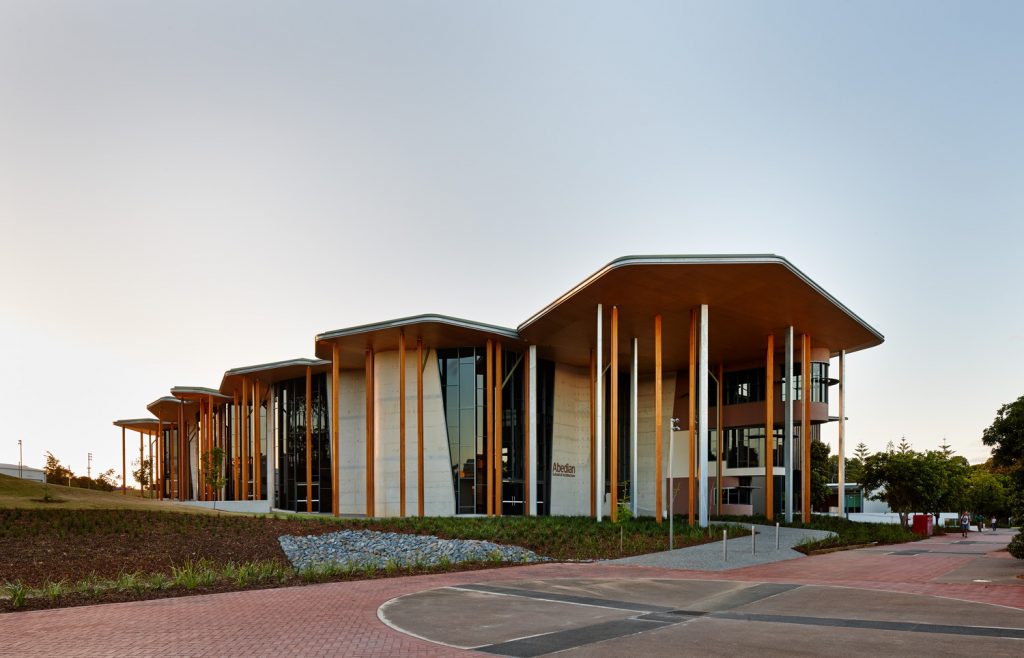
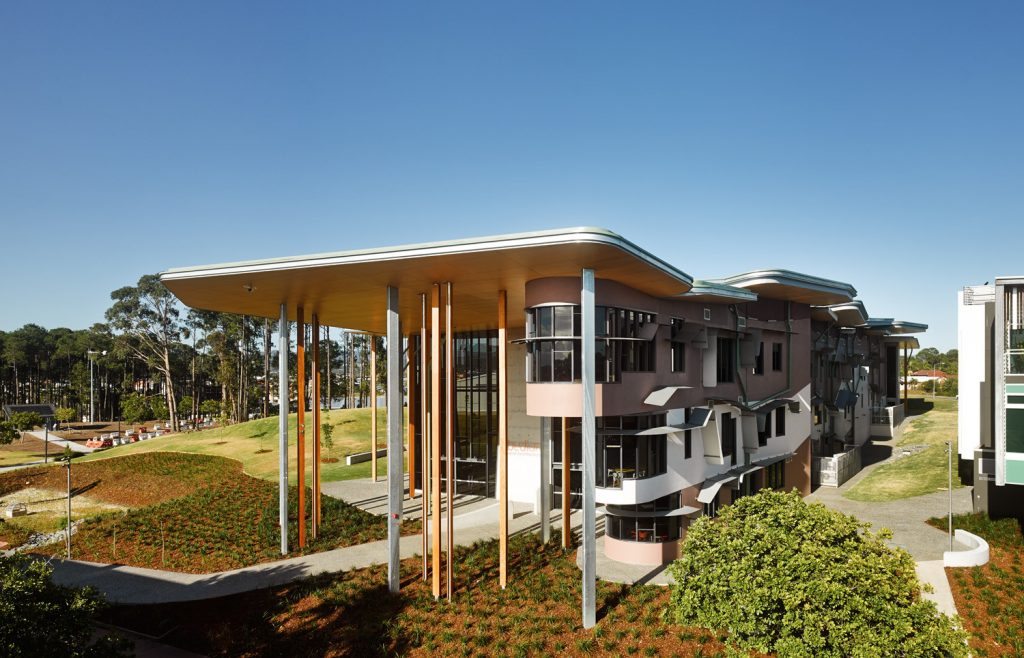
Abedian School of Architecture by CRAB Studio (also header image)
Another competition-winning project is the building of the Abedian School of Architecture in Australia developed by CRAB Studio, London-based firm centered around educational architecture. The studio’s founders Sir Peter Cook and Gavin Robotham who have long experience as teachers of architecture have employed their knowledge to create a comfortable and ambient building, which encourages its occupants to interact, debate and socialize.
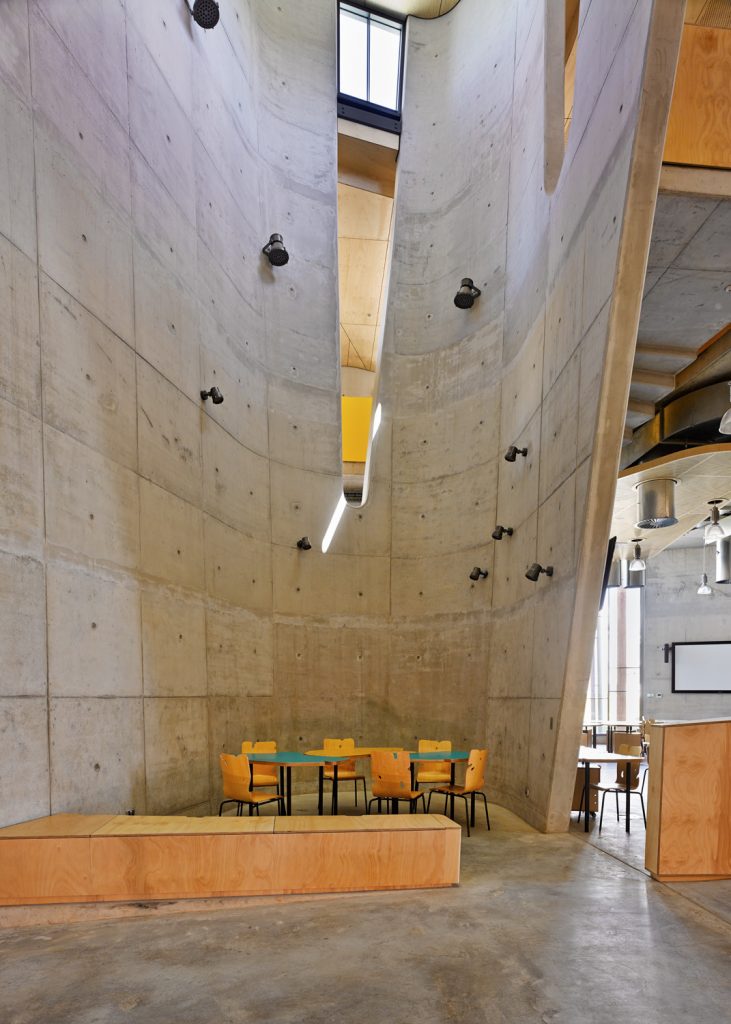
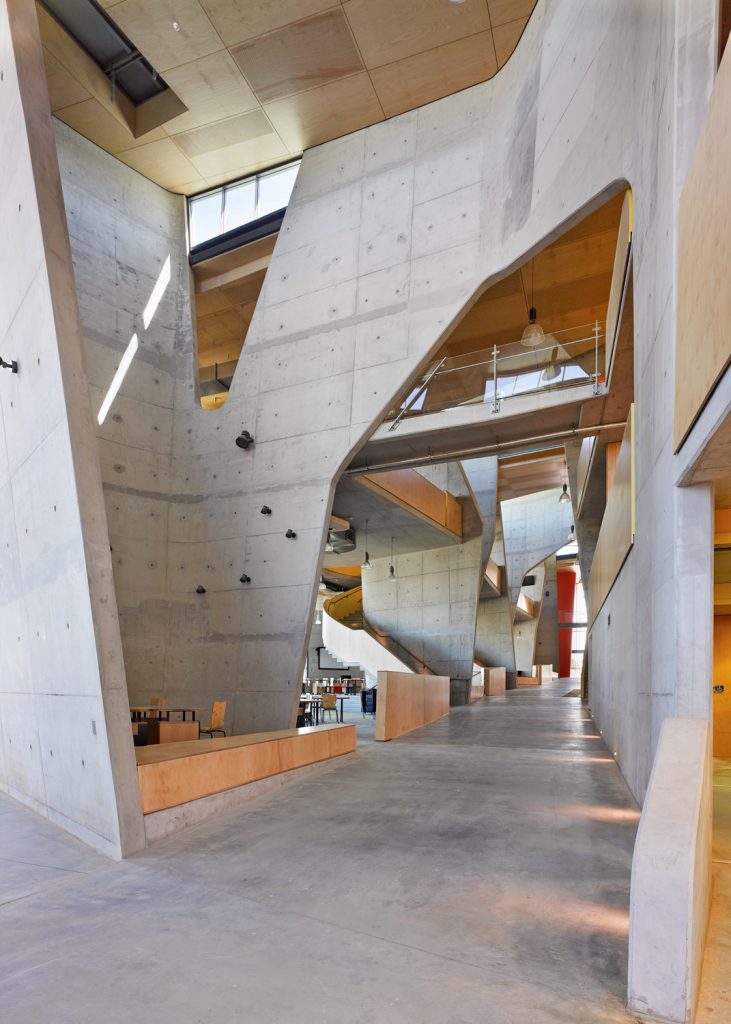
Abedian School of Architecture by CRAB Studio
Inserted on the campus designed in the 1980s by Arata Isozaki, the structure is a long loft on two to three levels articulated by a series of the so-called ‘scoops’ lining the central street. As the architects placed an emphasis on the non-curricula events, these structure-defining openings are designed to be used for casual meetings and ‘crit’ sessions.
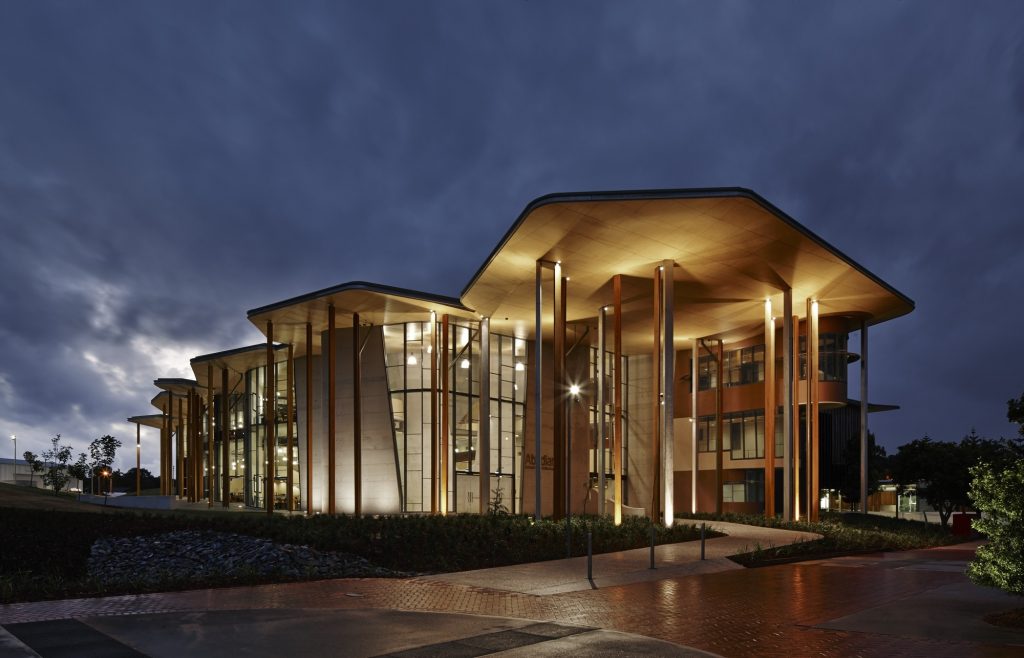
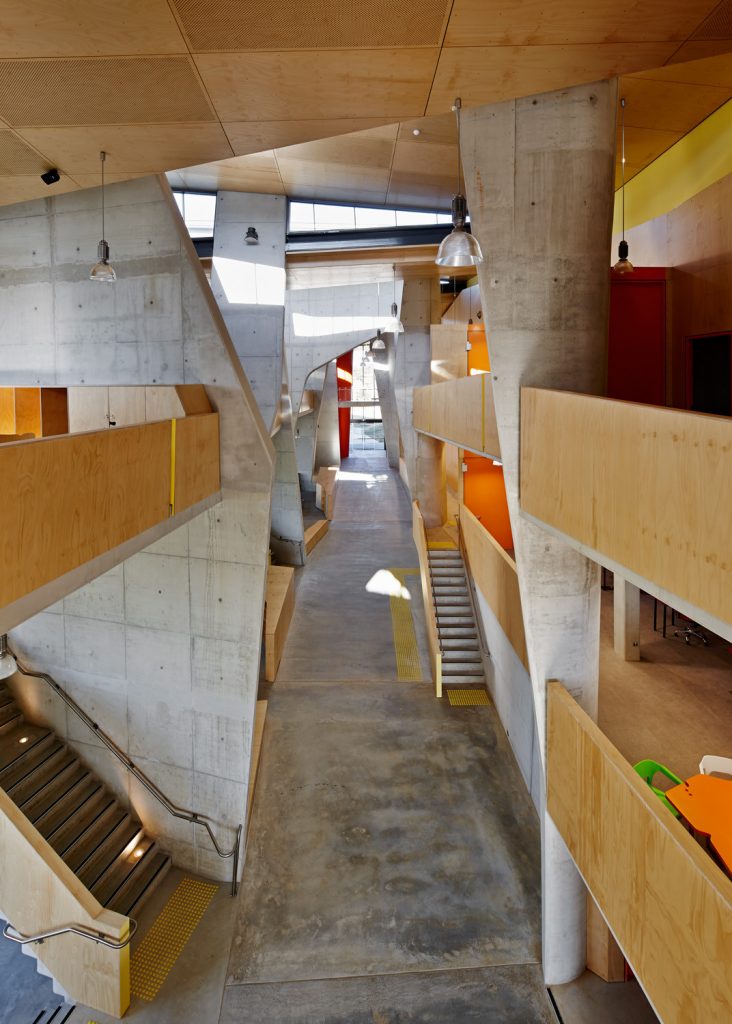
Abedian School of Architecture by CRAB Studio
The environmentally sustainable scheme protects against the region’s hot climate. The building is airy and folds over upon itself in a series of fan-like roofs and slits. These take advantage of the scheme’s east-west axis, bringing natural light into the heart of the design, while the climate controlled envelope includes sun-shading across its sundrenched northern façade in order to avoid glare and over-heating.
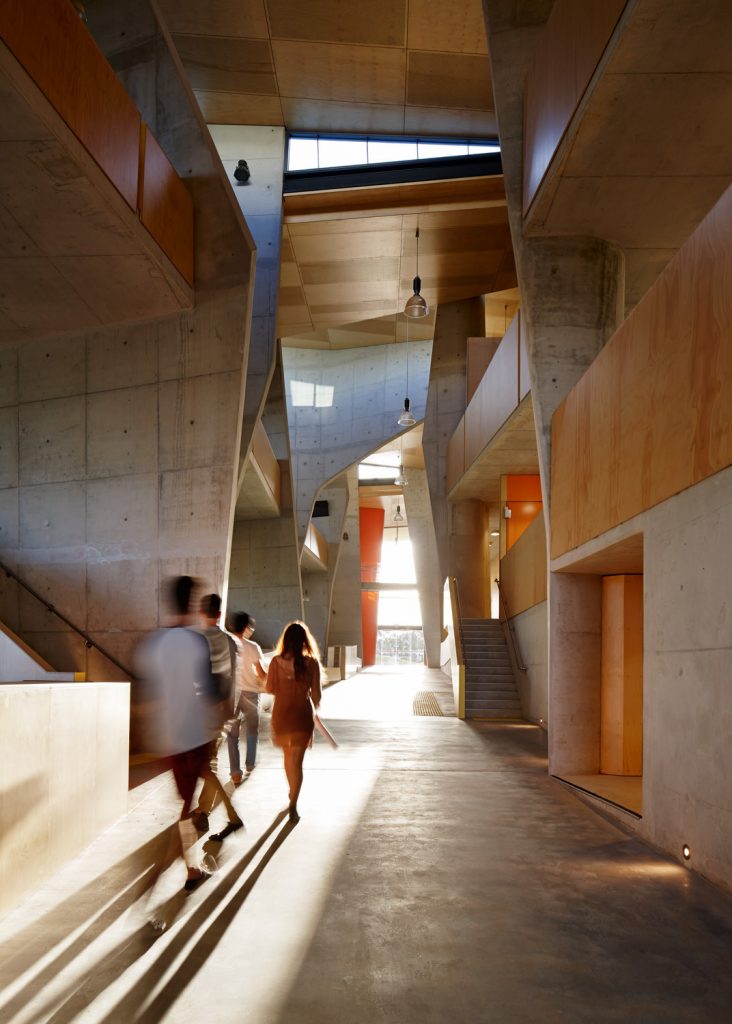
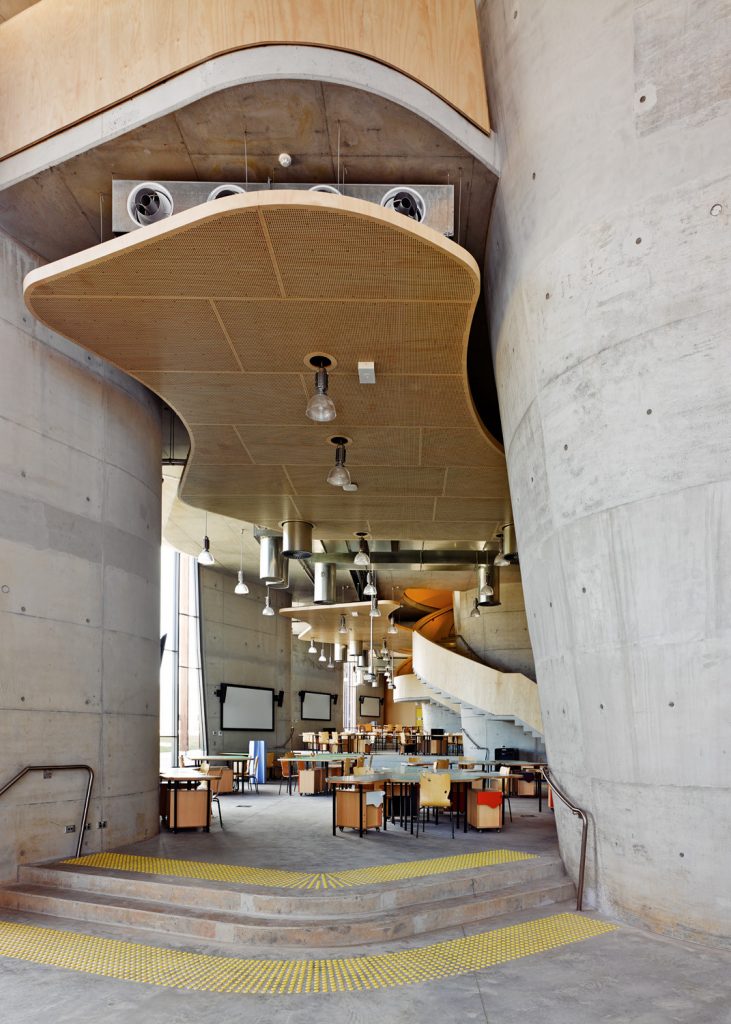
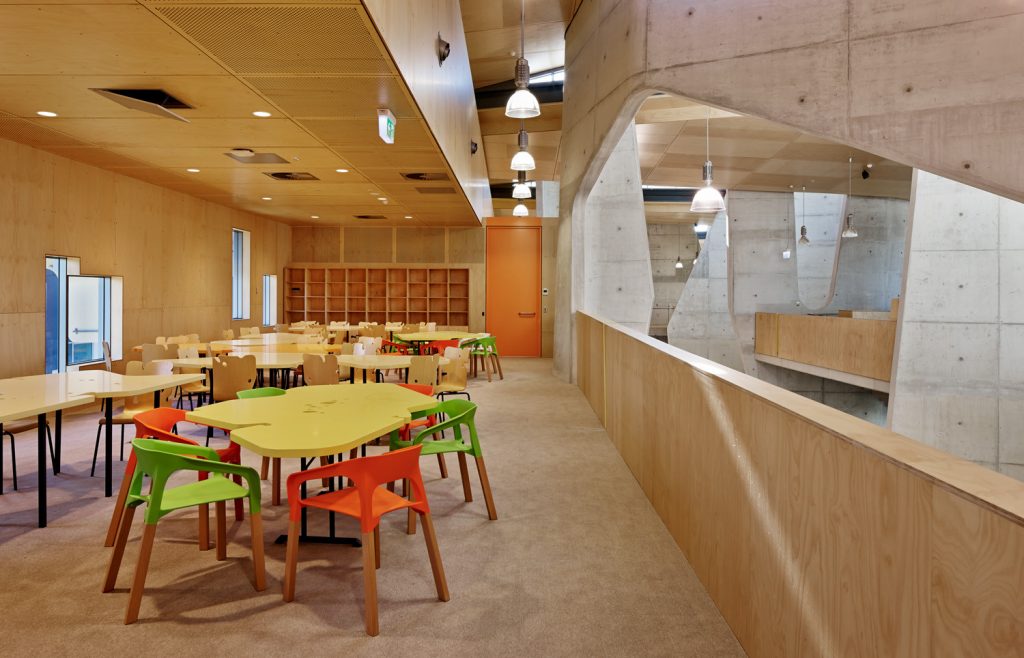
Abedian School of Architecture by CRAB Studio
Main circulation areas act as thermal buffers, encouraging natural ventilation and simultaneously reducing the need for mechanical air conditioning. Additionally, the concrete structure’s thermal mass absorbs heat during the day, returning the warmth to the school environment during the evening and at night when the surroundings are generally cooler.